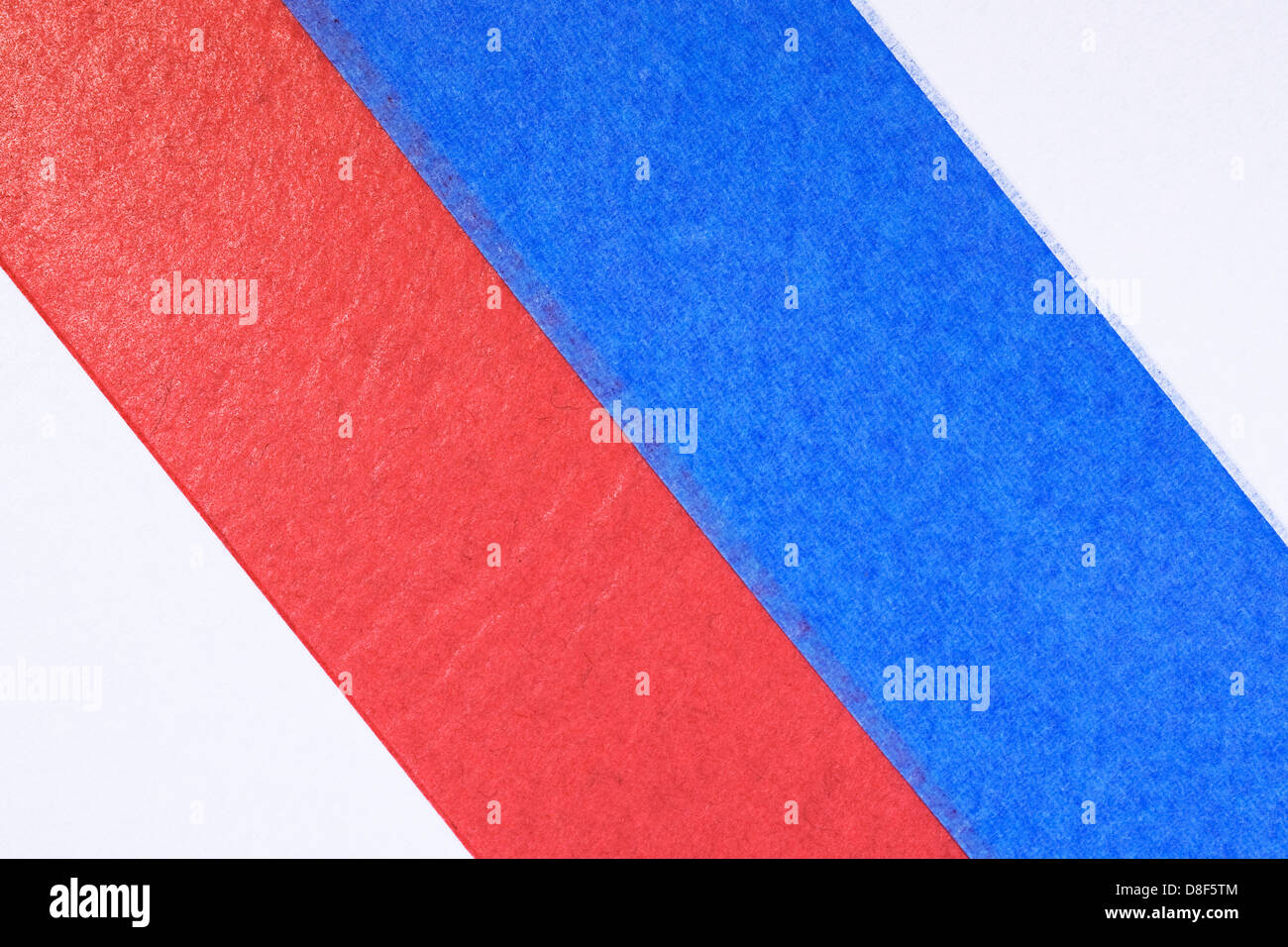

It became popular after it was utilized by Ted Nixon. What does it mean? Well, the flag was created by a Navy veteran by the name of Denzel James Dockery in 1956. The Red Flagįirst, you’ll want to learn as much as you can about this red flag. What does this mean? How should you react to the signal? Within this guide, you’ll learn more about this flag and what it means. When you decide to go boating, you may notice a red flag with a white diagonal stripe. It could make the difference between life and death. If they do, you’ll want to make sure that you notice those signals. If this happens, you need to focus on those individuals because they might send you signals. Otherwise, you may miss something important and it could lead to an untimely disaster.Īt some point, you may encounter other boaters.

Warrant officers: Warrant Officer and their last name or Mr./Ms.What does a red flag with a white diagonal stripe mean while boating? When boating, it is pertinent to pay close attention to your surroundings.Commissioned officers (Navy): rank (Admiral, Captain, Commander, Lieutenant) and last name.Commissioned officers (Army, Marine Corps and Air Force): rank (General, Colonel, Captain, Lieutenant,) and last name.
DIAGONAL RED AND WHITE STRIPES HOW TO
Here’s a quick cheat sheet for how to address each rank in person:
Commissioned officers: Military commissioned officers hold the highest military ranks in the pay grades of O-1 through O-10. Warrant officers: Service members in pay grades W-1 through W-5 are warrant officers. Non-commissioned officers: Non-commissioned officers include enlisted service members in pay grades E-5 through E-9. For example, an E-4 in the Army can be a corporal or a specialist, and although they are both paid the same, a corporal is expected to assume leadership responsibilities and has a higher rank than a specialist. As entry level members gain time and experience, they assume more responsibilities. For instance, the Army and Marine Corps call an E-1 a private, the Air Force an airman basic, and in the Navy an E-1 is a seaman recruit. Service branches also vary the level at which service members are no longer considered junior enlisted personnel. Each service branch has a different name for their junior enlisted personnel. Junior enlisted personnel: This refers to service members at the entry pay-grades. To see what these insignia look like for each rank in your service branch and to learn the names of each rank, go to the Department of Defense’s display of officer and enlisted insignia. Stars: Officers at the O-7 through O-10 pay grades wear one, two, three or four stars, respectively. Eagles: Officers at the O-6 pay grade wear a silver eagle. Oak leaves: Officers at the O-4 pay grade wear a gold oak leaf and officers at the O-5 pay grade wear a silver oak leaf. Officers at the O-1 pay grade wear one gold bar, O-2 wear one silver bar, O-3 wear two silver bars and warrant officers wear striped bars. Bars: Officers in the lower pay grades wear bars. Chevrons: Most enlisted personnel in every military service branch wear chevrons, or v-shaped stripes. The service branches represent pay grades by a letter and a number, so an officer at the first pay grade is an O-1 an enlisted member at the fourth pay grade is an E-4. Pay grade: Military members of the same pay grade are paid the same amount in each branch of service. Typically, service members wear insignia on the shoulder or collar of their uniform, but stripes on a uniform sleeve often represents years of service. It may include various emblems such as chevrons, bars, oak leaves or stars. Insignia: Insignia on service members’ uniforms can represent rank, rate or designator. Rank: Think of rank as the military’s organizational structure. While it may take time to figure out what everything means, a working knowledge out of the gate can help you feel more at home in the military. 
If you’re new to the military, you know enough to understand that rank matters. The stripes and bars on a military uniform signify rank. Support for Families With Special Needs.EFMP - Exceptional Family Member Program.Wounded, Ill or Injured & Their Caregivers.







 0 kommentar(er)
0 kommentar(er)
